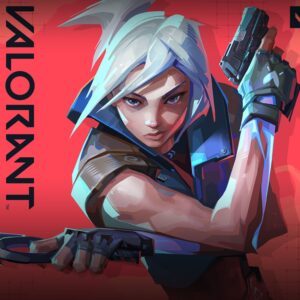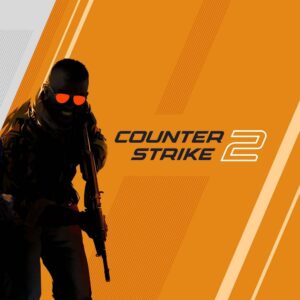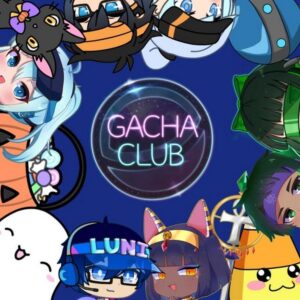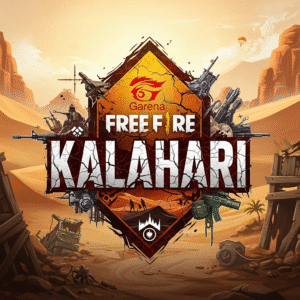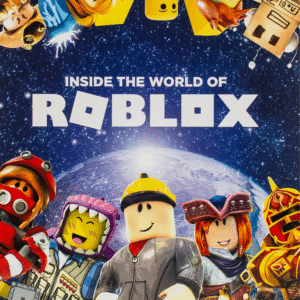Navigating the New Golden Age: Why AAA Studios Must Diversify into AA and Indie Gaming
Popular Now
 Garena Free Fire: Kalahari
Garena Free Fire: Kalahari
 NBA 2K24
NBA 2K24
 Candy Crush Saga
Candy Crush Saga
 Gacha Club
Gacha Club
 Grand Theft Auto V
Grand Theft Auto V
 CarX Street
CarX Street
 Brawl Stars
Brawl Stars
 Black Myth: Wukong
Black Myth: Wukong
 R.E.P.O
R.E.P.O
 Geometry Dash
Geometry Dash
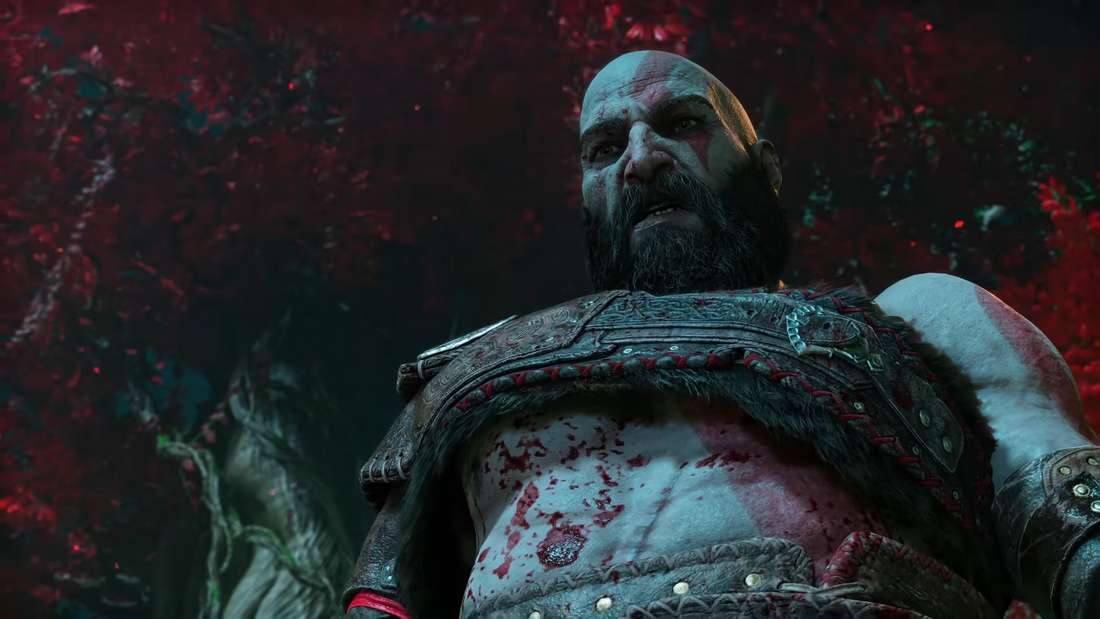 The global video game industry, a behemoth generating billions in revenue, is at a critical inflection point. While blockbuster AAA releases like God of War Ragnarok continue to dominate headlines and deliver staggering financial success, a key figure from the game’s production is sounding a strategic alarm. Former Santa Monica Studio co-head and director of product development, Meghan Morgan Juinio, a producer on the critically acclaimed title, recently made a compelling case for major studios to diversify investment beyond the confines of ultra-high-budget projects, advocating for a significant pivot towards double-A (AA), single-A (A), and even indie game development.
The global video game industry, a behemoth generating billions in revenue, is at a critical inflection point. While blockbuster AAA releases like God of War Ragnarok continue to dominate headlines and deliver staggering financial success, a key figure from the game’s production is sounding a strategic alarm. Former Santa Monica Studio co-head and director of product development, Meghan Morgan Juinio, a producer on the critically acclaimed title, recently made a compelling case for major studios to diversify investment beyond the confines of ultra-high-budget projects, advocating for a significant pivot towards double-A (AA), single-A (A), and even indie game development.
This statement, coming from a veteran of one of the industry’s most successful franchises, is not a rejection of the AAA model but a clear-eyed assessment of its long-term sustainability and the evolving player base. Juinio argues that even with the lure of “potentially really large” payoffs from mega-franchises, a broader, more diversified portfolio is essential for strategic long-term health and innovation. The core of her argument rests on a vital shift in consumer perception: the market is reaching a point of “desensitization” to sheer graphic fidelity and massive scale, presenting a massive opportunity for growth in smaller, more focused experiences.
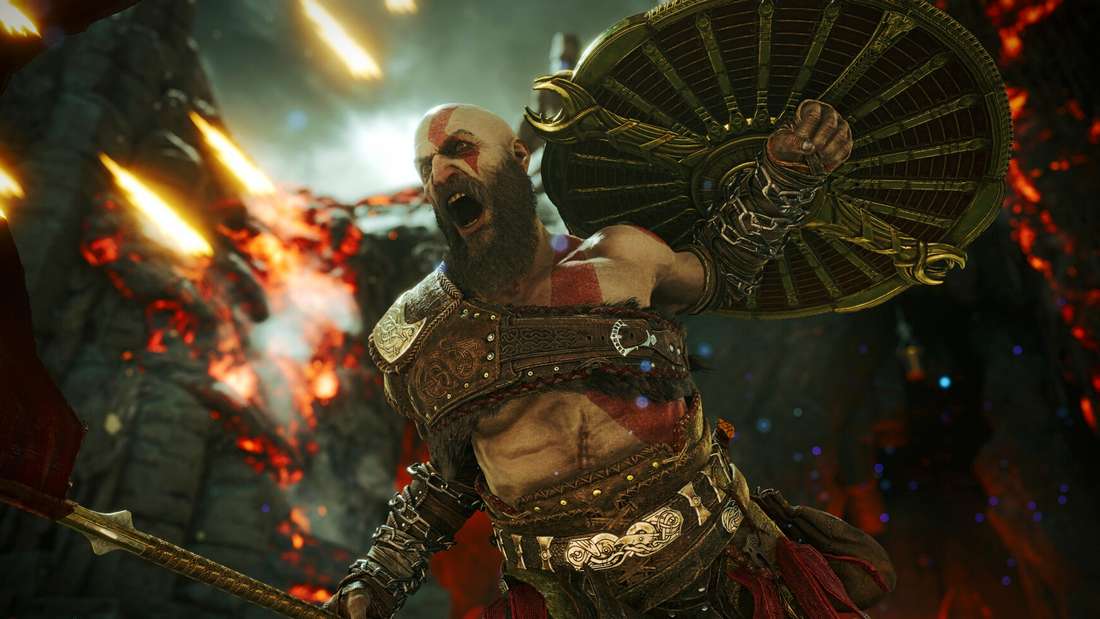 The Rising Cost and Inherent Risk of the AAA Model
The Rising Cost and Inherent Risk of the AAA Model
The financial and creative risks associated with modern AAA development are monumental. Budgets routinely soar into the hundreds of millions of dollars, demanding development teams that number in the thousands across multiple continents. This enormous scale necessitates a design philosophy geared toward appealing to the largest possible demographic, often leading to formulaic gameplay and design compromises that prioritize massive return on investment (ROI) over innovative experimentation. In a post-pandemic environment marked by frequent mass layoffs and studio closures, the current model has proven increasingly unstable and, some would argue, creatively restrictive.
Morgan Juinio’s perspective suggests that the industry’s knee-jerk reaction to chase only the largest spectacle is neglecting an underserved market craving fresh ideas and unique experiences. The sheer cost pressure also pushes publishers toward aggressive monetization and retention strategies, which can sometimes overshadow the fundamental focus on fun and engaging core mechanics. This saturation of high-end graphics and epic scale means that these elements are no longer the unique selling points they once were; they are now the baseline expectation. As Juinio notes, if a game “isn’t fun, it doesn’t matter how pretty it is.”
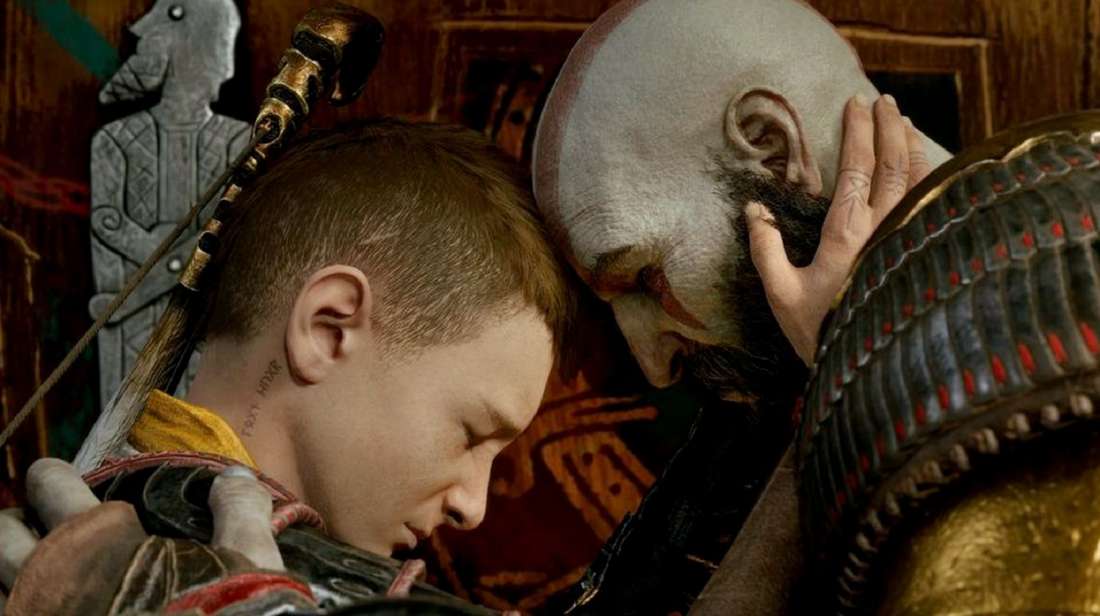 The Strategic Value of Diversification and Mid-Tier Investment
The Strategic Value of Diversification and Mid-Tier Investment
Investing in AA games and providing resources to indie developers offers several significant strategic benefits for major publishers:
- Mitigated Financial Risk: Smaller projects require a significantly lower development budget, meaning a failure does not carry the same catastrophic financial weight as a AAA flop. This allows for a higher volume of releases and a more stable revenue stream.
- Fostering Innovation: With less pressure to appeal to a global mainstream audience, smaller teams have the creative freedom to explore niche genres, experimental mechanics, and innovative storytelling. This is where the next truly captivating and genre-defining ideas are most likely to emerge.
- Talent Retention and Development: AA and A projects can serve as crucial testing grounds, allowing emerging creative leads and directors to cut their teeth on substantial projects without the pressure of a $300 million budget. This is vital for the long-term health of the creative pipeline.
- Portfolio Breadth: A diverse catalog ensures that a publisher’s offerings appeal to a wider segment of the market, capturing consumers who might be fatigued by open-world epics but are hungry for a concise, compelling 10-20 hour experience.
The industry has already seen the success of this model in practice, even from large publishers. Juinio pointed to Sony’s own Astro Bot and EA’s Split Fiction as examples of games that succeeded precisely by forgoing AAA conventions in favor of shorter development cycles and a focused, innovative design. These titles prove that mid-tier games, when executed well, can achieve significant critical and commercial success.
The Future Landscape: Focus on Core Gameplay and High-Value Keywords
The core takeaway for the industry is a necessary shift in focus back to the fundamental tenets of good game design. The market for console gaming and PC games is maturing, and players are becoming more discerning. They are prioritizing compelling narratives, tight game mechanics, and novel experiences over simply the graphical scale. This sentiment is a key driver behind the continued success of the indie gaming scene.
For publishers seeking sustainable growth and a competitive edge, the diversification model advocated by the God of War Ragnarok veteran offers a clear path forward. It is a dual strategy: continue to invest in the established, high-yield AAA franchises while simultaneously nurturing a vibrant ecosystem of AA and indie projects that serve as engines of innovation and creative stability. This approach ensures that the industry can maintain its spectacle while re-engaging with the core value proposition that drives player engagement: fun, originality, and meaningful interaction.
This strategic investment in mid-tier development is not just about reducing risk; it’s about securing the industry’s creative future. By leveraging the financial strength of major studios to back smaller, more focused projects, the industry can usher in a new era defined not just by size, but by an unprecedented diversity of high-quality, memorable gaming experiences.
Keywords for SEO & CPC: AAA game development, Indie games, AA studios, Video game industry trends, Game development budget, God of War Ragnarok news, Publisher diversification strategy, High CPC keywords gaming, Creative innovation in gaming, Game industry sustainability.

